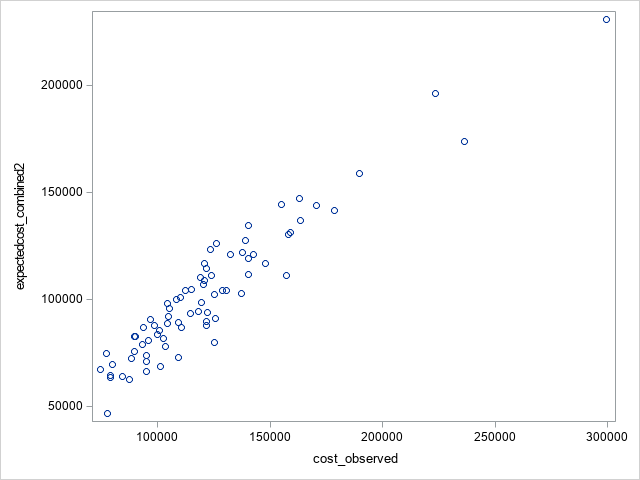The Intersection of Cost, Quality, and Volume in Liver Transplant
1Univ of Iowa, Iowa City, IA, 2Vizient Inc., Irving, TX, 3SRTR, Minneapolis, MN, 4Saint Louis Univ, Saint Louis, MO
Meeting: 2021 American Transplant Congress
Abstract number: 478
Keywords: Allocation, Economics, Liver transplantation, Public policy
Topic: Clinical Science » Liver » Liver: MELD, Allocation and Donor Issues (DCD/ECD)
Session Information
Session Time: 7:30pm-8:30pm
 Presentation Time: 8:10pm-8:20pm
Presentation Time: 8:10pm-8:20pm
Location: Virtual
*Purpose: As a consequence of changing allocation practices and the ongoing shortage of high-quality organs, the cost of liver transplant (LT) continues to increase throughout the United States. While previous analyses have examined the impact of recipient and donor factors, none have correlated pre- and post-transplant metrics, LT volume, and risk-adjusted cost of care.
*Methods: A novel dataset was constructed linking Scientific Registry of Transplant Recipients (SRTR) transplant registry data, Vizient Clinical Data Base/Resource Manager, and program-specific reports. Multivariate fixed-effect linear regression models incorporating blinded center identifiers were used to estimate the risk-adjusted LT center cost differentials (betas). Quality was determined by dichotomizing centers on the basis of the sum of O:E ratios for 1-year patient survival, 1-year graft survival, transplant rate, and waitlist mortality (scale, 0-4).
*Results: Clinical and cost data were examined for 7,381 LTs performed at 77 transplant programs from 2015 to 2018. Multivariate modelling was used to compare average observed and expected cost by center, demonstrating excellent correlation (Figure 1).
Centers with a quality score >3 were significantly less expensive (P = 0.06), without significant variation in cost by volume. Conversely, lower-quality centers were more expensive and revealed a strong inverse correlation between LT volume and average cost (Figure 2).
*Conclusions: Accurate risk-adjusted LT costs can be derived combining administrative and registry data. Higher-quality centers are associated with lower risk-adjusted cost. Conversely, the impact of lower quality on cost is mitigated by LT volume. Increases in quality tend to remove the association between risk-adjusted cost and volume, demonstrating the benefit of developing reliable care processes.
To cite this abstract in AMA style:
Axelrod D, Balakrishnan R, Harris A, Hohmann S, Snyder J, Kasiske B, Schnitzler M, Lentine K. The Intersection of Cost, Quality, and Volume in Liver Transplant [abstract]. Am J Transplant. 2021; 21 (suppl 3). https://atcmeetingabstracts.com/abstract/the-intersection-of-cost-quality-and-volume-in-liver-transplant/. Accessed December 17, 2025.« Back to 2021 American Transplant Congress

